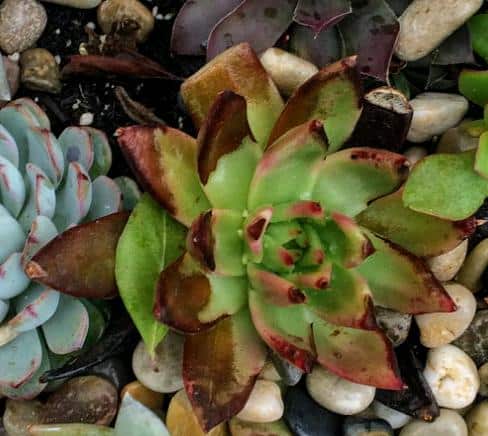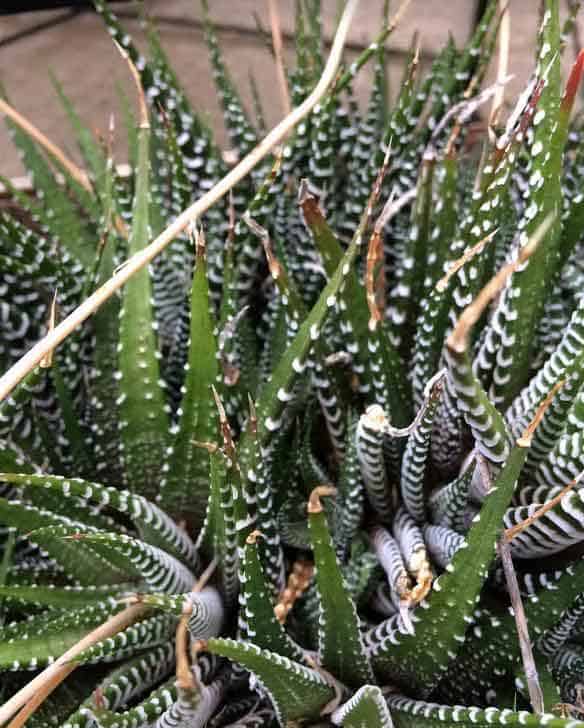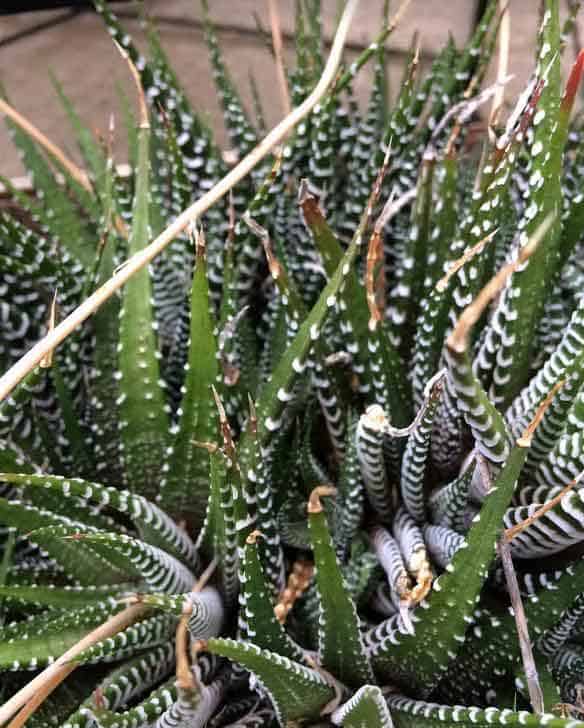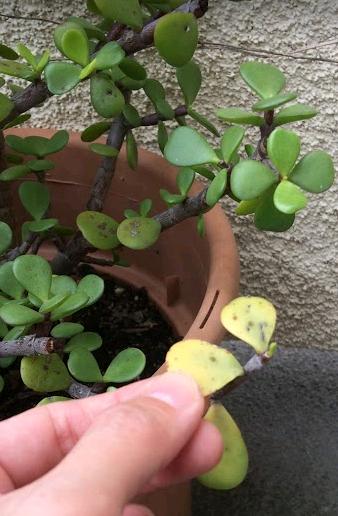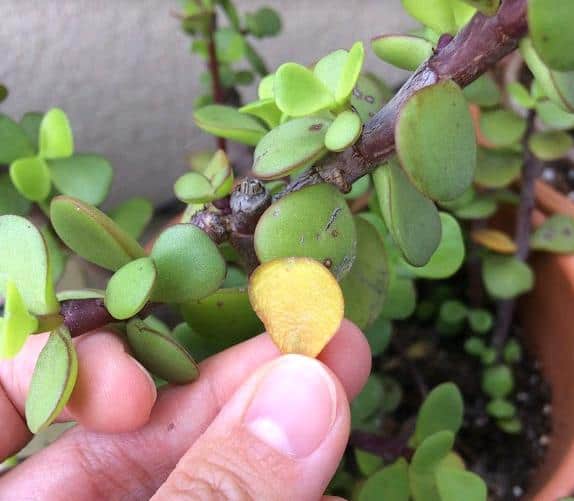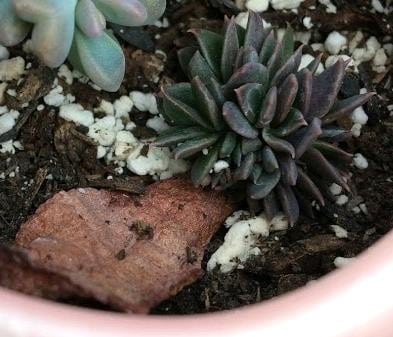How To Fix Brown Spots On Succulents
Video How to fix brown spots on succulentsYou’ve probably heard from numerous sources that succulent plants are hardy and easy to care for and yet you find yourself encountering problems with your succulents. Perhaps one of the most common problems that come up with succulents is leaf discoloration.I’ve encountered plenty of these types of problems and can assure you that there is often a quick and easy solution for each problem. Be sure to check all the reasons I go through in this article because your succulent might be suffering from more than one problems I enumerated below. You’ll be equipped with the knowledge on what to do and not move from one problem to the other.Reading: how to fix brown spots on succulents
Why are the Leaves on my Succulent Turning Brown?
Contents
The most common reason for brown leaves on succulents is sunburn or sun damage. If you’ve recently moved your plant to a bright location, or if you’ve recently had a heatwave or intense heat and you notice your plants have brown spots on their leaves, these spots are equivalent to sunburn.While aesthetically not pleasing, brown spots from sunburn do not really harm the plant but they do leave a permanent mark on the leaves. These spots will not fade but the leaves will eventually fall off as new growth develops. Small baby plants, or newly propagated plants are more susceptible to sunburn than mature plants.Solution: Move the plant to a shadier location or provide some shade if you start noticing that they are getting sunburned. If you plan to leave your plant in a very bright spot under full sun, acclimatize your plant to the heat by slowly increasing the sun exposure it receives. Keep in mind that even a mature plant that has been acclimated to full sun can still get sunburned during an intense heatwave.To prevent this from happening, move the plant or provide shade when there is forecast of an intense heatwave. Never leave baby plants, unrooted plants, or leaves you are propagating out in full sun. Always provide shade from the sun or else they will be fried to a crisp.While sun damage is the most common reason for brown leaves, there usually are other causes for leaf discoloration on succulent plants. And while most of them have easy and quick fixes, some are more complicated than others.
Leaves Can Turn Brown from Underwatering
Leaves can also turn brown from underwatering. An underwatered plant that’s also sunburned will have a shriveled appearance plus burned leaves. I tend to underwater my succulents and I keep them outside all year long so when underwatered and faced with extreme heat conditions, they tend to shrivel and turn brown.Solution: An underwatered plant is pretty easy to fix. Usually the plant will perk up right away after a good watering. Give the plant a good drink and let the water reach its roots so it can be absorbed by the plant.Giving the plant a good drink of water and allowing it to dry out between waterings is better for the plant rather than misting it every few days. Succulents love a good drink of water but they also need to dry out before watering again. A good rule is to check the top inch of the soil.It should feel dry before you water again. An underwatered succulent plant is easier to fix compared to an overwatered plant.
Why are the Leaves on my Succulent Turning Yellow?
Yellow leaves are usually a sign of watering issues. When the leaves turn yellowish and even translucent, it’s a sign of overwatering. The leaves will feel soft and mushy.Succulents store water in their stems and leaves. If overwatered, they will swell up and will start looking sick. The leaves will discolor and turn lighter.Solution: Cut back on watering right away. Allow the plant to dry out completely before watering again. A good rule of thumb is to feel the top inch of the soil before watering.The top inch needs to feel dry before you water again. Avoid misting or watering your succulents lightly every few days. Instead, give the plant a good drink and hold back on watering until dry.It is also important to check the quality of your soil. Make sure you have a well draining soil to prevent root rot. You can add course sand, perlite or pumice to the potting mix to add drainage. For more info on soil and soil recipes, please click on “Best Soil for Succulents”.Read more: how to simultaneously apply accounting number format in excelI water my succulents every 7-10 days during hot summer months, and cut back on watering when the weather cools down to about every 14 days or so. Keep in mind that I live in a very dry climate with plenty of sunlight and all my succulents are outdoors. You may not need to water as much if you live in a more humid area or if you have your plants indoors.
Leaves Can Turn Yellow from Lack of Nutrients
Leaves can also turn yellow from lack of nutrients. This will not happen right away and can take years to develop. Succulents can stay in the same pot for quite some time before you need to repot or replenish lost nutrients.Potting mixes come with added compost or fertilizers already in the mix. The plants can feed off those nutrients for quite some time but eventually the nutrients run out and will need to be replaced. If the plants continue to lack nutrients, the leave will start to discolor and turn yellow. They will also start to appear misshapen and not fully formed.Solution: One quick solution is to repot the plant in fresh potting mix. If your succulent has been sitting in the same pot and potting mix for years, you can repot to provide the plant with needed nutrients. Use a suitable well-draining potting mix for succulents. If you want to make your own succulent potting mix, click on “Best Soil for Succulents” for ideas.You can also apply fertilizer as a quick solution to add nutrients that’s been lost. Use a well balanced fertilizer or a specialized fertilizer blend for cacti and succulents. Succulents do not need much so you can dilute the amount of recommended fertilizer to half. Feed every two weeks during the growing season.
Why are the Leaves on my Succulent Turning Black?
Black leaves on succulents are often a sign of overwatering. If the leaves are turning black, that means the succulent is rotting from the root up due to too much water. Usually the leaves will also feel soft and mushy.It can also be a sign that the plant is sitting in the wrong potting mix. Succulents need a well draining soil to prevent root rot.If the plant is in the wrong potting mix and also being overwatered, this can indeed be detrimental to your plant. When this happens, you need to take immediate actions to save your plant.Solution: Remove the rotting plant from the soil. Most often than not, the plant can still be saved. Examine the plant and cut off the black, mushy parts as much as possible.You will usually be able to save the top part as the bottom and center of the plant rot first. Save any visibly green, viable part of the plant and cut off all the rotting parts. Let the cuttings dry for a few days then stick it back in a suitable potting mix that is well draining.The plant will root in a few weeks and you will have a healthy plant once again. Sometimes, you can only save some healthy leaves and that’s still OK. I’ve propagated a dying plant this way and found myself with a few new baby plants just from the leaves of the dying plant. Simply lay the leaves on the soil, wait for the leaves to root and new baby plants to emerge.
Do Succulent Leaves Grow Back?
Succulent leaves normally shed dead leaves from the bottom of the plant. The plant sheds old leaves as new leaves develop. New leaves grow from the top as well as on the sides of the stem.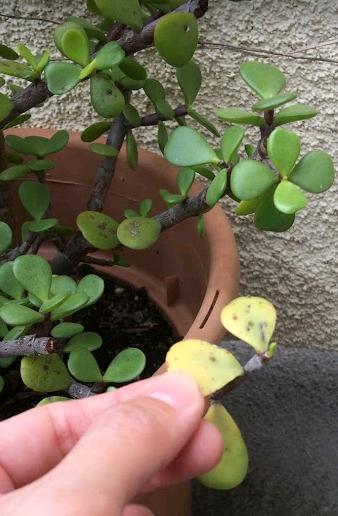
Shedding Leaves from Underwatering
Succulents are highly adaptable to drought conditions due to its native habitat. Under drought conditions, or when underwatered, succulents draw water from their own storage.When prolonged underwatering occurs, the plant will shed its leaves from the bottom up to conserve water and energy. This is a survival mechanism that the plant has.Solution: Give the plant a good drink of water and the plant will look better almost immediately and will stop dropping leaves when it receives adequate water. After a while, you will notice the plant growing new leaves around the stem when old leaves have fallen off.
Shedding Leaves from Overwatering
Succulents also shed leaves from overwatering. The first sign of an overwatered plant is usually leaf discoloration. The leaves will appear lighter, almost translucent and mushy.Read more: How to connect apple tv to wifi without remoteAn overwatered plant that does not receive enough sunlight will also lose its leaves. You will notice the plant dropping its leaves at the slightest touch. This is usually a sign of an overwatered plant that has not been receiving enough light and has not been allowed to dry out between waterings.Solution: Cut back on watering immediately and provide the plant with more light. The top inch of the soil needs to feel dry before watering again. If the plant is sitting in the wrong soil, remove the plant, let it dry out for a few days then replant in a more suitable, well-draining potting mix.
Is the Plant Salvageable?
More often than not, from my personal experience with succulents, these plants do bounce back no matter how bad the situation may seem. The best way to save your plant is to look for any viable parts you can save and go from there. I have saved plants that seemed doomed just from a single leaf, or a broken stem.Do not lose hope. Succulents are amazing plants and it is in their nature to survive the harshest conditions thrown at them. So if your plant has suffered from unintentional abuse, don’t be discouraged.I have saved plenty of succulents from fatality. With little or sometimes no help from me, the plant does what its best at, and that is surviving.
Some Plants I have been able to Salvage:
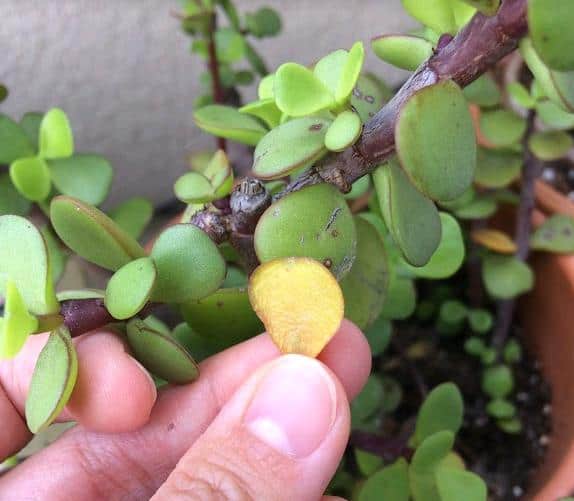
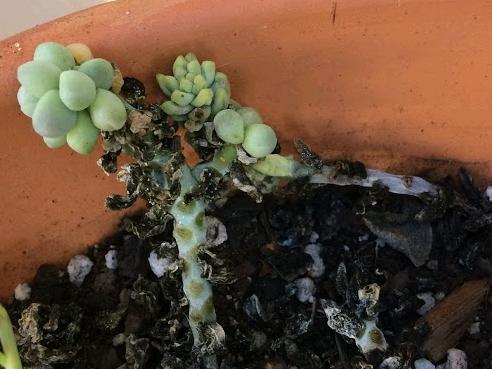
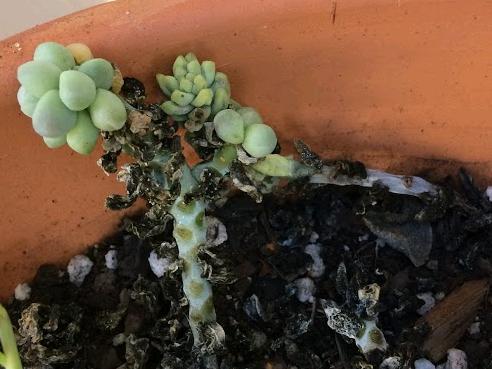
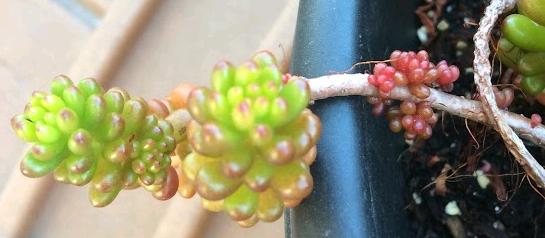
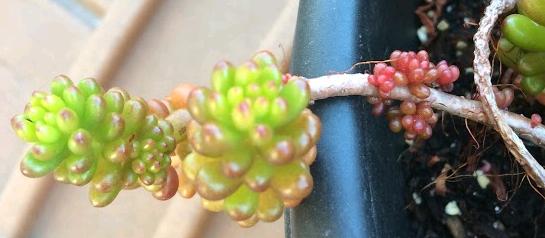
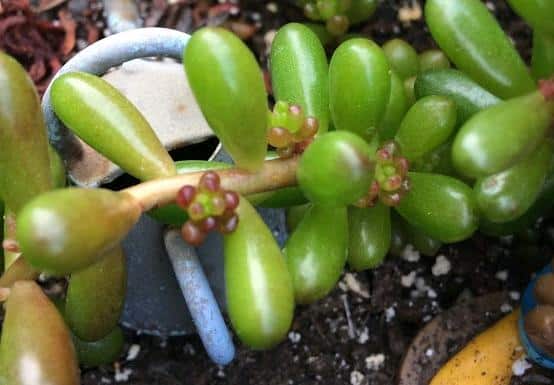
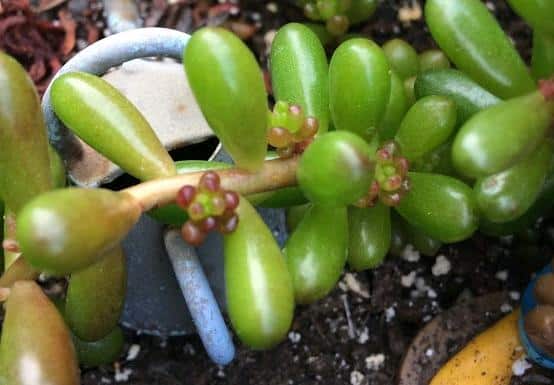
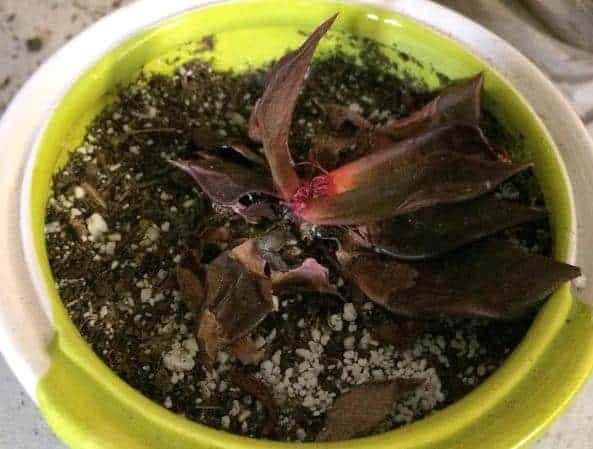
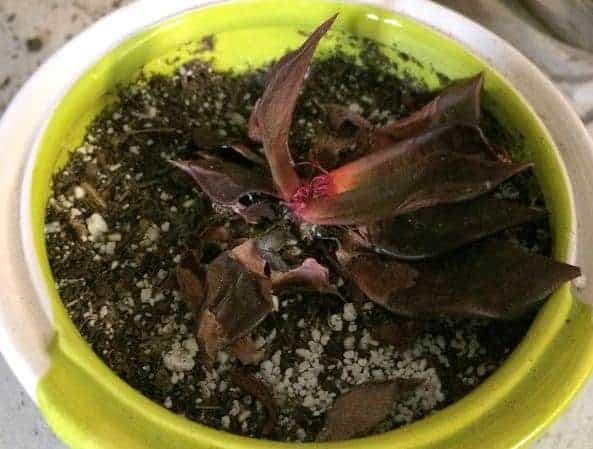
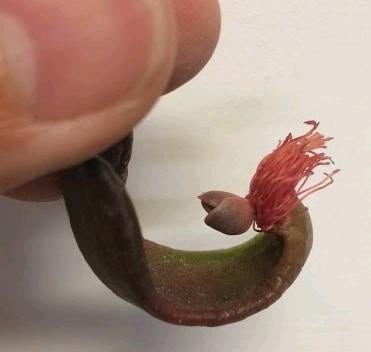
Last, Wallx.net sent you details about the topic “How To Fix Brown Spots On Succulents❤️️”.Hope with useful information that the article “How To Fix Brown Spots On Succulents” It will help readers to be more interested in “How To Fix Brown Spots On Succulents [ ❤️️❤️️ ]”.
Posts “How To Fix Brown Spots On Succulents” posted by on 2021-11-10 01:23:38. Thank you for reading the article at wallx.net
